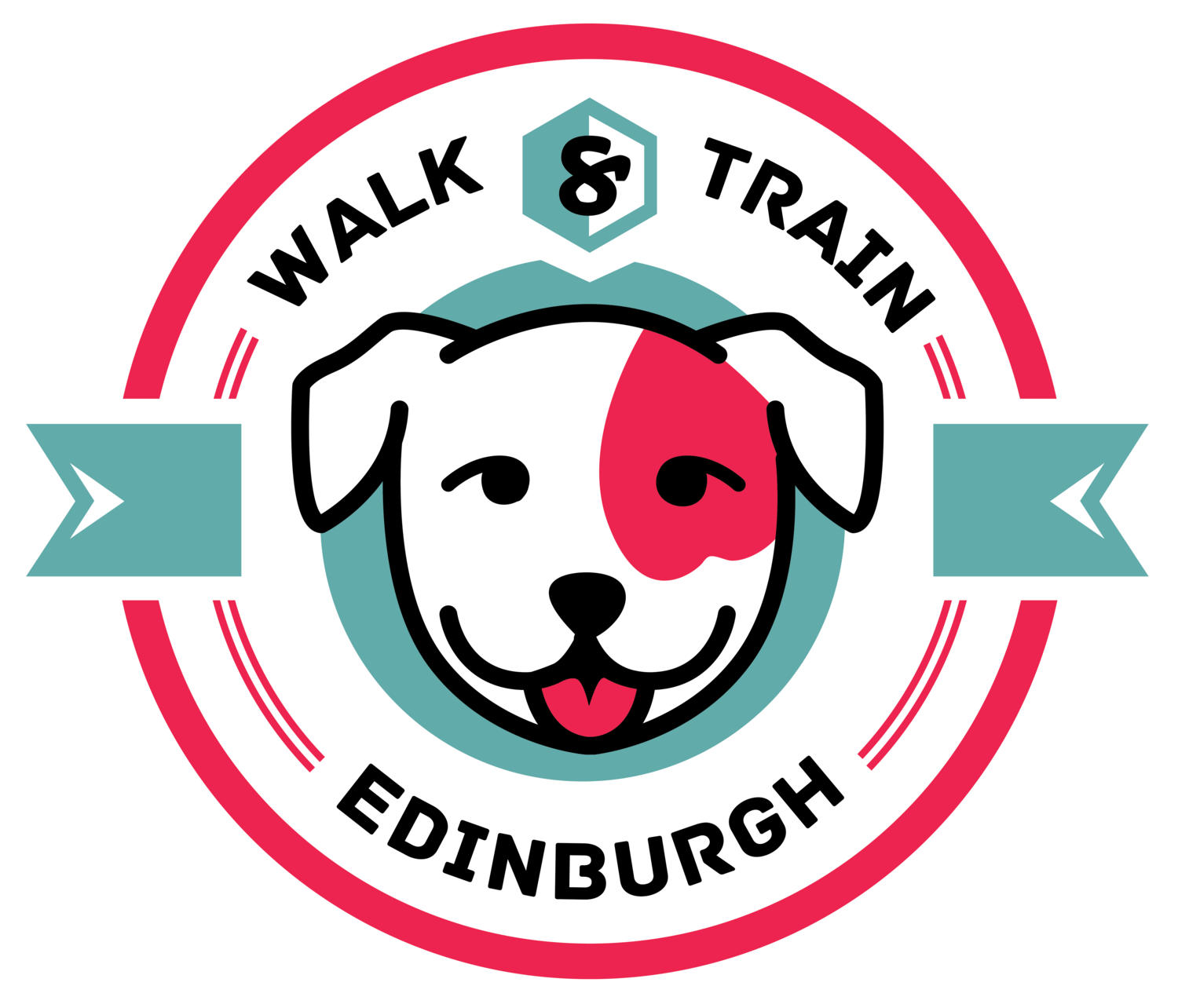Food In Training
Using food in training can speed up the dog’s learning process, make them more motivated to engage with you, and makes desirable choices clearer. If you increase your dog’s food drive, these benefits of using food will also increase. The downside of using food in training is the risk of your dog becoming overweight and of feeding it a bunch of unhealthy treats. This post is intended to help you successfully use food in training while keeping your dog healthy and fit. If your dog gets over-stimulated or over-excited easily, please contact a trainer who can show you how to use food in an appropriate manner to prevent the dog from getting too aroused and thereby unfocused.
Both of my dogs are fed raw meat. I am often told by people how hard it must be to use food for training, as no treats will be of higher value than their regular food. This ignores an important part of the equation. My dogs are rewarded with food for completing a behaviour, but more importantly, they are rewarded with my approval. The social enjoyment of working with me is the main motivator, training is just a fun game to them - the kibble is just a bonus reward. However, building engagement, getting a dog to enjoy working, and developing your relationship is a bit more complex than a blog post and involves everything you do with your dog. I’m therefore going to take a shortcut and give you an account of how to use food without the social aspect.
If you are working on alternative behaviours or obedience, the more reactive or distracted your dog is, the higher food drive you need in order to override the environment and increase motivation for the dog to stay focused on you. If you are working on creating a new association with a certain stimulus using counter conditioning, you will often be encouraged to up the value of the food. However, if you do a lot of training this often results in feeding a very unbalanced diet and causes dogs to get overweight. Instead of increasing the value of the food (and feeding things like hot dogs and cheese), use the dog’s regular food, but increase their hunger and desire for food.
First of all, the dog’s food needs to be of good quality and of high nutritional value in order to be appealing to the dog. If the dog is fed raw food, consider switching it over to dry food at the early stages of training to progress quicker. Have a look at our homepage to find out how to judge the quality of your dog’s food. The brands that we recommend are Orijen and Eden Holistic.
If the dog is very reactive or anxious, you can increase the value of the food by mixing in some smelly treats. You can buy thinks like dried tripe or lung from Zooplus. These treats get very crumbly which is great as the smell is then distributed over all of the kibble. Making it more appealing without adding many calories! It is important that the added treats are crumbled into a powder over the kibble, if you leave large pieces in your treat bag will become a lucky dip. If the dog is given a piece of the high value treat, you build up an expectation for that food. If the dog is then given a piece of kibble, you violate that expectation, which can decrease the dog’s desire to work.
If you are working on behaviour modification or rigorous training, I always recommend that you measure the dog’s food up at the start of the day, and then use it on the walk and during any other training opportunities. If there is any food left at the end of the day, you can feed it to the dog through a problem solving game. If the dog isn’t taking any food outside or during training, the dog might be too stressed, or the situation and task too challenging. If you have an adult medium or large sized dog (not recommended for puppies or small dogs) and think the dog is just refusing food due to being picky, start to only ever feed the dog during training. If the dog knows that it will get a meal at home later on, it isn’t going to have any reason to take the food. Going without food for a few days will not have any negative long lasting effect for healthy adult dogs and will help you to increase the dog's food drive so that you can speed up your training.

